
Review on Monument Personal Cloud Photos WiFi by Brad Collins

Obsolete, not yet finished
I was able to set up and operate the device without any problems. The only catch is that the device needs an HDMI port to connect to a display during setup. The display doesn't do anything, there's no functional reason for the display, it's just necessary. I'm under the impression that the underlying OS needs a display to boot properly, but the device itself doesn't use the display except to show an ugly wallpaper. The display is in no way part of the operation of the device. Does that mean we have to go around plugging in displays because the programmers couldn't compile a Linux kernel that doesn't require a display? May be. In any case, it looks rough and unpolished. This caused me some trouble as there are no extra outlets near my TV or computer screen. I wanted to place the device next to my router. But after some juggling, I figured it out. Here's an idea: why not make the display connection work? View the image files as a slide show on the screen. Another oddity of this device is that it has a USB 2.0 port and only works on slower 2.4GHz WiFi networks. I'm not sure how much money has been saved using archaic technology, but the result is that things are slower than they should be. We're trying to import potentially thousands of files here, either by plugging in a drive with photos on it or sending them over Wi-Fi. What thought process led the manufacturer to adopt the slowest technology? There may be an accounting reason, but whatever the reason, the device looks old and outdated even before you open the box. Otherwise the device has worked as advertised so far. I'm a professional photographer, so I have a lot of photos. But I've decided not to send my work photos to the Monument box (and there isn't such a large disc), preferring to just send my personal photos. That's about 10,000 files, including a few videos, and it took about a day for them all to get into the box and another day for the box to process them all. Many of the photos on my phone are low-resolution versions to save space, and the originals are stored in iCloud. Monument was smart enough to actually go to iCloud and keep the originals instead of just keeping the smaller photos stored on the phone. So thanks for that. Once the files are on the memorial, they can be viewed or accessed using the mobile app or the desktop app. Or you can remove the disk from the monument and grab it that way. The app seems to have messed up my iOS photo album quite a bit. For example, I now have 8945 old files in my iOS Recents album. I'm not sure what they were doing here, but luckily I can still find something using the Monument app. The device itself allows you to add a second drive that only serves as a mirror of the first. There doesn't seem to be an easy way to add a second larger drive to expand storage. As far as I can tell, the only way to upgrade to a larger disk when the old one fills up is to start over with a new disk. What a terrible omission. If this is possible, this must be clearly stated in the application. In fact, from what I can tell while playing with the app, the user has very little control or input. There are many such small omissions and omissions. Very little control is given to the user and very little information is provided in the applications. It seems to me that the whole concept is still in beta testing. Face ID works well but doesn't seem to offer much more than what you get with iOS or Android. The difference is that the full-size images can be removed from the phone and saved elsewhere, leaving only small thumbnails on the phone. Similar to how iCloud and Google Photos work. Of course, Monument also treats photos on your PC as a "home cloud" and recognizes and backs up raw files, which iCloud can't do. After all, the photos are stored on a drive at your home, not on a company's server. So if you're not aboard the "Cloud," that's your ticket. On the downside, you'll need to access photos via USB 2.0 and slow Wi-Fi, so some of the benefits of local storage speed are mitigated. As a photographer, I'm very interested in making photos easier to store and access. and I like to see new products and innovations. But I think we have a product that was developed 5-10 years ago that took too long to launch and still feels incomplete. Times have caught up with the problems the monument was meant to solve and it has become a solution in search of a problem. EDIT: I found that iPhone photos display fine in the app but export to their own HEIC format which none of my apps can open. Hello Monument, it seems you can view HEIC files on a Windows computer. Why don't you provide an option to export these photos to JPEG format? You're already converting them for on-screen display, why did you skip that? I need to take screenshots of the Monument app so I can use the photos. Really bad! The same with videos. I can't play .mov files with VLC either. You have to fix it! Without fix it is useless!
- Great price
- Big and bulky
New products
Comments (0)
Top products in 🔌 USB Hubs
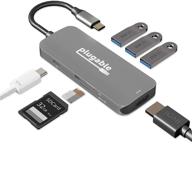
Versatile 7-in-1 USB C Hub Adapter: Compatible with MacBook Pro, Windows, Chromebook, Dell XPS, Thunderbolt 3 and More - Includes 4K HDMI, 3 USB 3.0, SD & microSD Card Reader, and 87W Charging

11 Review
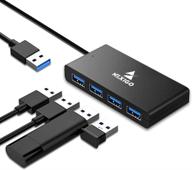
2021 NexiGo USB 4 Port Ultra Slim 3.0 Hub - Multiport Extension, Ideal for iMac Pro, MacBook Air, Mac Mini/Pro, Surface Pro, Notebook PC, Laptop, USB Flash Drives, Mobile and More

11 Review
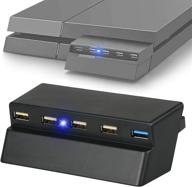
EEEKit 5-Port USB Hub for PS4 Slim - High-Speed USB 3.0/2.0 Charger Controller Splitter Expander for Playstation 4 Slim

12 Review
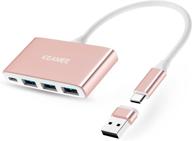
USB C Hub 4 Ports with USB 3.0, USB C to USB Adapter - Small Hub for Laptop, Compatible with MacBook Pro, New Mac Air, Surface Pro 7, Chromebook, iPad Pro, iMac, Laptops

11 Review
Another interesting products
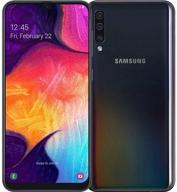
Smartphone Samsung Galaxy A50 4/64 GB, 2 SIM, black

82 Review
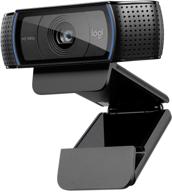
💻 Get Amazing Video Quality with Logitech HD Pro Webcam C920 (Discontinued Edition)

83 Review
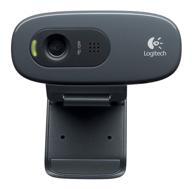
Logitech HD Webcam C270: Crisp 720p Widescreen Video Calling & Recording (960-000694), Lightweight and Portable at 3.15 lb.

192 Review

Enhance Your Visual Experience with Logitech C260 Webcam

78 Review

